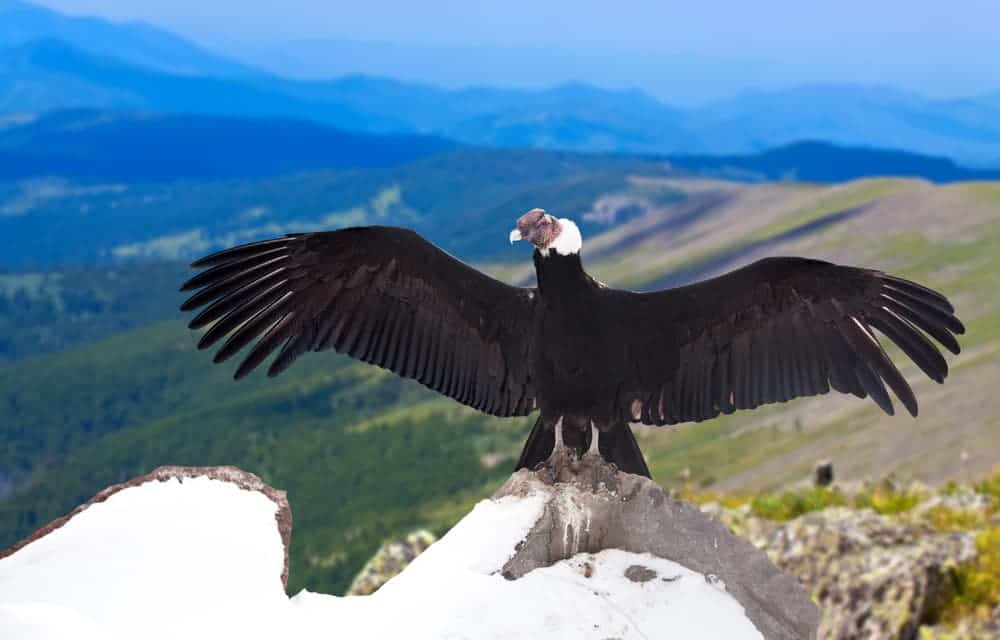The Andean condor has a massive 3-meter wingspan and weighs up to 15 kilograms, making it the world’s largest soaring bird. But don’t let its hefty size fool you — this is also one of the most skilled gliders to have ever graced the skies. According to researchers who strapped measuring tech to the birds, Andean condors can fly over 160 kilometers (100 miles) without flapping their wings once.

The Andean condor is a national symbol of Argentina, Bolivia, Chile, Colombia, Ecuador, and Peru and plays an important role in the folklore of the Andean region.
“We asked just how little flapping these condors and other soaring birds can get away with, and if there are particular environments or weather conditions that are more costly to fly in. Very little is known about what actually makes these birds work,” wrote Emily Shepard, co-author of the research, in The Conversation.
Shepard and colleagues strapped recording equipment, which they called “daily diaries”, to eight condors in the Patagonia region of Argentina and Chile. The devices recorded each wingbeat over more than 250 hours of flight time. Surprisingly, the birds spent only 1% of their time aloft flapping their wings — and even then, it was mostly during take-off.
Up to 75% of the flapping observed in foraging flights was related to take-off, to be more precise. That’s because the condor has to be very careful about where it lands and where it takes off from. In the air, condors are confident and often fly low overhead searching for prey. But on land, they are rightly cautious.
For Shepard, what was particularly surprising about the study is that all the birds they studied were immature. Previous studies suggested that flight performance improves with age, but seeing how all the birds in the new study flap so rarely, it seems that even young condors invest little energy in flying.
“Pilots can soar all day if the conditions are right, so in some senses the condor’s performance may not seem surprising,” she said. “But pilots look at the weather and decide whether or not it is good for flying. Condors probably do this to a certain extent but at some point they will get hungry, and they need to fly to find food.”
The sky represents for birds a landscape of invisible features such as wind gusts, currents of warm rising air and streams of air pushed upward by ground features such as mountains. Learning to ride air currents allows some to travel long distances while minimizing the exertion of beating their wings.
Scientists who study flying animals generally consider two types of flight, the flapping flight, and soaring flight. The difference can be likened to pedaling a bicycle uphill versus coasting downhill, Bret Tobalske, a bird flight expert at the University of Montana, who was not involved in the study, told AP.
The Andean condor’s expertise at soaring is essential for its scavenger lifestyle, which requires hours daily of circling high mountains looking for a meal of carrion, Sergio Lambertucci, a study co-author and biologist at the National University of Comahue in Argentina, said in a statement. “When you see condors circling, they are taking advantage of those thermal uplifts, or rising gusts of warm air,” he said.
The study was published in the journal PNAS.


